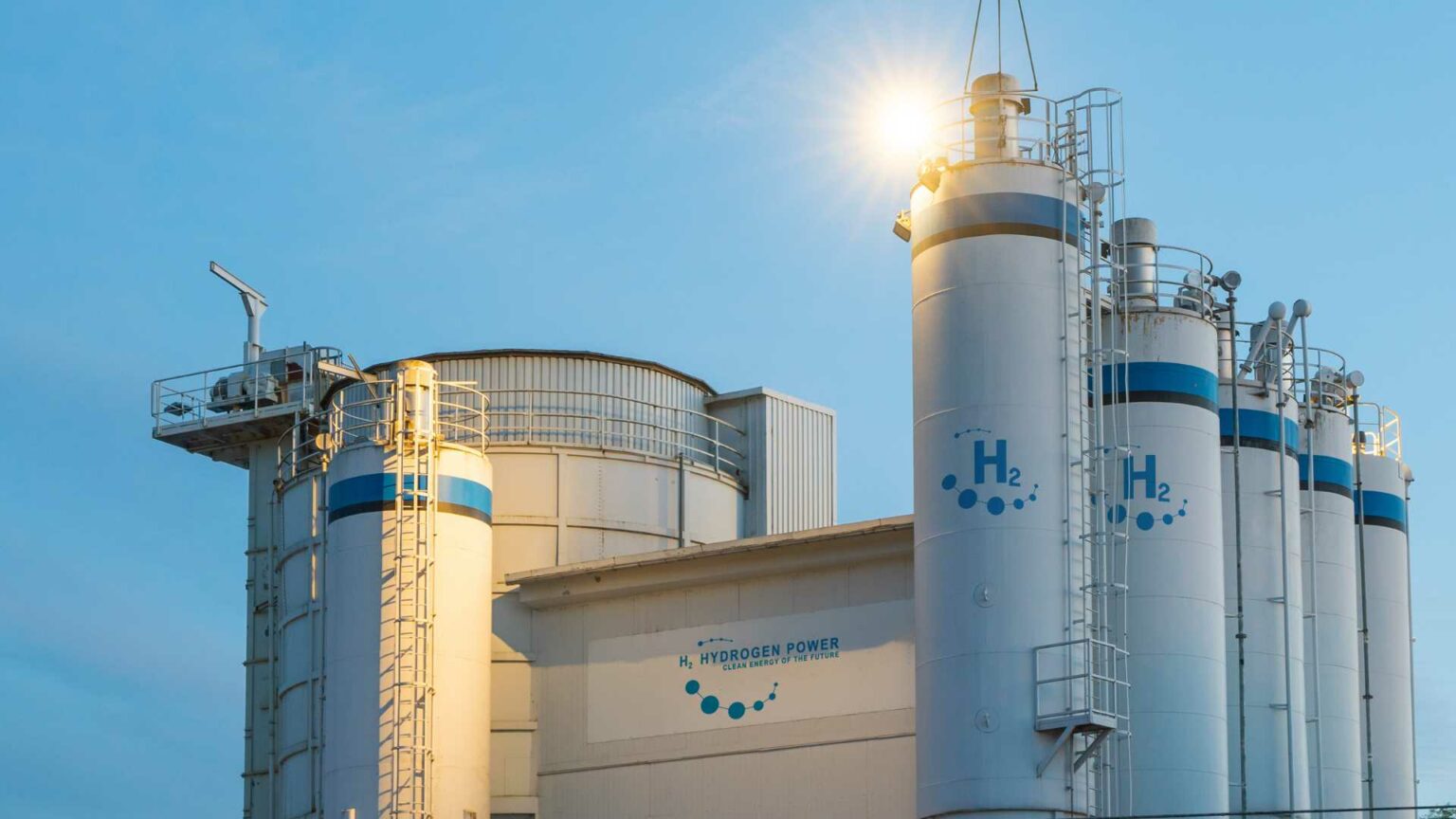Researchers led by Danting Li and the team have published a pivotal study in the International Journal of Hydrogen Energy that could reshape the landscape of hydrogen storage technology. The paper, titled “Efficient hydrogen absorption and dehydrogenation of synergistically catalyzed Mg10Fe by MoS2 and Y2O3 via one-step synthesis and multistage regulation,” details a novel approach to enhance hydrogen absorption and release using a catalyzed Mg10Fe alloy.
Main Findings
The study reports the successful synthesis of a Mg10Fe alloy, synergistically catalyzed by MoS2 and Y2O3 through a one-step synthesis process and multistage regulation.
Key findings from their research include:
1. Enhanced Hydrogen Uptake and Release: The catalyzed Mg10Fe alloy demonstrated superior hydrogen absorption capacities and faster dehydrogenation kinetics compared to existing materials.
2. Catalyst Efficiency: The inclusion of MoS2 and Y2O3 as catalysts noticeably improved the efficiency of hydrogen uptake and release, suggesting a synergistic effect.
3. Stability and Durability: The newly developed material showed remarkable stability and repeatability in hydrogenation-dehydrogenation cycles, crucial for practical applications.
Potential Applications
The Mg10Fe alloy catalyzed with MoS2 and Y2O3 presents significant potential for various applications, including:
– Hydrogen Fuel Cells: Efficient hydrogen storage solutions could accelerate the adoption of hydrogen fuel cells in automotive and stationary power applications.
– Renewable Energy Systems: Improved storage capabilities support the integration of hydrogen with renewable energy sources like solar and wind, addressing intermittency issues.
– Industrial Hydrogen Use: Enhanced hydrogen storage can benefit industries that rely on hydrogen for processes such as metal refinement, chemical production, and power generation.
Relevance to the Hydrogen Market
The findings by Li and colleagues offer a promising solution to one of the major hurdles in the hydrogen market. Efficient and scalable hydrogen storage technologies are essential for reducing costs and improving the economic viability of hydrogen as a clean energy carrier. This research moves the industry closer to achieving these goals, potentially lowering the barriers for widespread hydrogen adoption.
The study utilized a one-step synthesis approach combined with multistage regulation to incorporate MoS2 and Y2O3 catalysts into the Mg10Fe alloy. The authors employed various analytical techniques to characterize the material’s structure and hydrogen absorption properties, confirming the enhanced performance attributed to the catalytic synergy.
Key Takeaways
In summary, the research provides:
– Evidence of significantly improved hydrogen storage materials.
– A new approach utilizing catalyst synergy for better performance.
– Potential industrial and market relevance that can accelerate hydrogen technology adoption.
This study by Li et al. marks a significant advancement in the quest for efficient and reliable hydrogen storage, paving the way for broader implementation of hydrogen-based energy solutions without overstating their significance. Such advancements are critical for realizing a sustainable, hydrogen-powered future.
